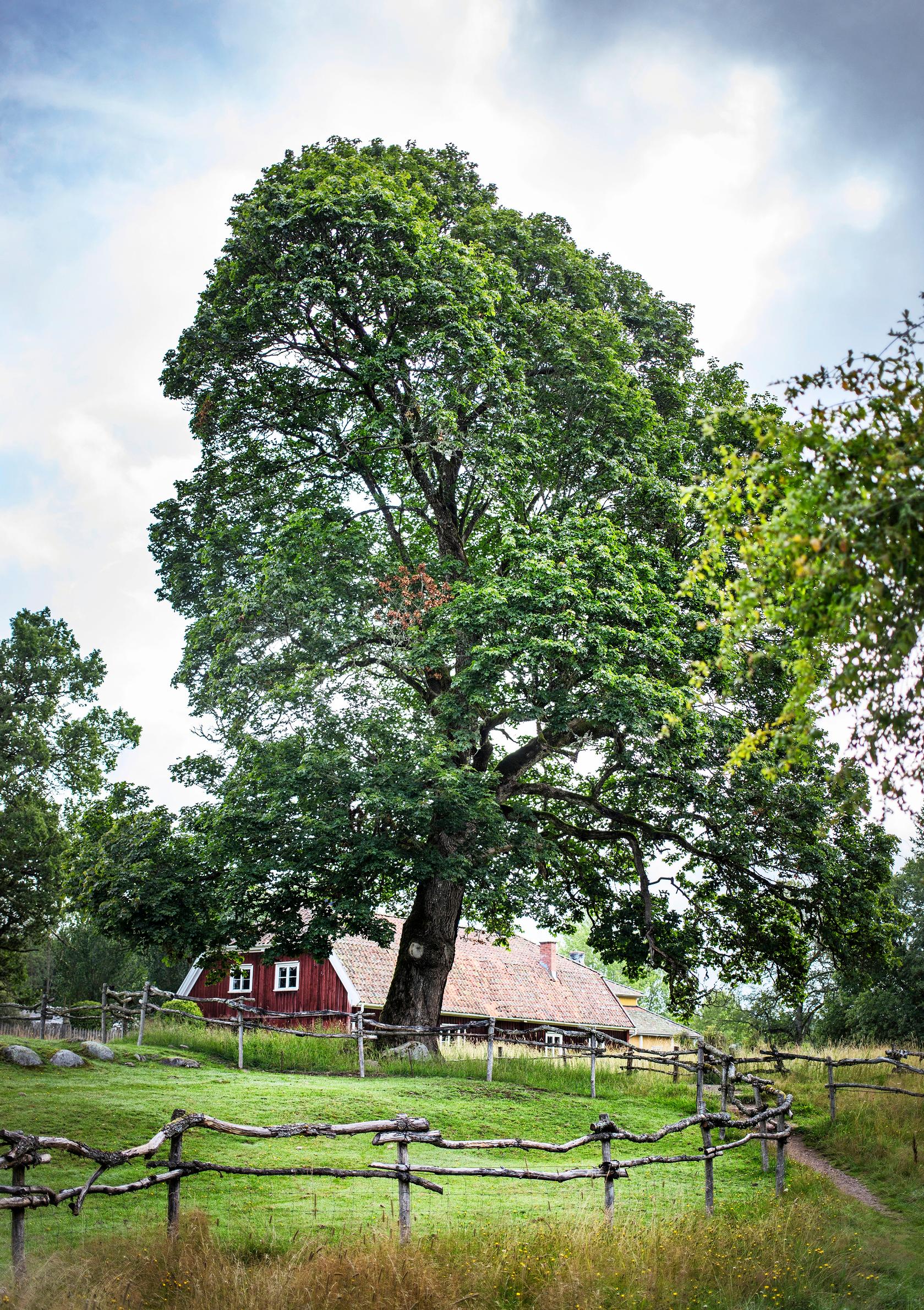
The oak tree brings royal grandeur to your garden—learn more about this familiar tree and how to grow it yourself
An oak tree grows quickly when planted in good soil, and it is a year-round eye-catcher. Read on and learn how to grow an oak and what kind of growing conditions this noble tree prefers.
The oak embodies strength, and that is evident in its name—the ending of the scientific name for the pedunculate oak robur means strength. As an old Finnish saying goes, “The oak is the iron of the peasant.” The first part of the name Quercus is Celtic and refers to a beautiful tree.
When planted in an open spot, the oak develops a broad crown. The tree’s majestic profile is best showcased in winter when snow settles upon its horizontally growing branches. An old oak commands respect; it truly is the king of trees.
Pedunculate oak (Quercus robur)
- broad-crowned
- thick-trunked
- long, horizontal branches
- small, many-scaled buds
- leaves arranged spirally along the branch
- male inflorescence is a yellow, hanging catkin
- female inflorescence is an erect catkin
- deeply furrowed bark
- fruit (acorn) is a nut surrounded by a cup-shaped cupule
- flowers in May–June
The strong roots of the oak
As a garden tree, the oak is long-lived and provides a protective presence. It is not easily felled by storms, as it has a wide and deep root system, which it begins developing right from germination. The root system of an oak the size of your palm already extends three times deeper than the little sapling is tall.
The taproot of an old oak can reach depths of up to ten meters. The lateral roots are also strong and sometimes visible near the trunk of old trees. In groves, they are often beautifully covered with moss.

Frost-sensitive leaves
The young leaves of the oak are sensitive to frost, and the tree seems to know it. It often delays leafing out until June at the Nordic latitudes. If the leaves freeze during spring frosts, the oak usually grows new ones.
At the tip of each shoot, there are several buds. As oak leaves grow in clusters, light filters down to the ground, allowing other plants to thrive beneath the tree. The underside of the leaves is light green, so the oak remains brightly green for a long time. When you hang a hammock under it, it feels as if you’re embraced by a great forest.

The oak requires light and space
The oak needs a sunny spot and plenty of space. When young, the sapling tolerates shading from other trees, but its need for light increases with age. The recommended planting distance is 7–10 meters.
Contrary to popular belief, the oak grows quickly when provided with deep, nutrient-rich, calcareous, moist soil mixed with clay. The tree also manages in dry soil, but growth will be slower. Compared to some similar broad-leaved trees, the oak is less demanding when it comes to soil conditions.
Planting an oak tree
The best time to plant an oak is in the spring. Dig a planting hole that is three times wider and slightly deeper than the root ball of your sapling. Use compost to improve the growing medium if necessary, and fertilize the soil. Plant the sapling at the same depth it was growing before. Stake the tree and water it well. Make sure to protect the sapling from rabbits and voles, and in rural areas, also from elk.


